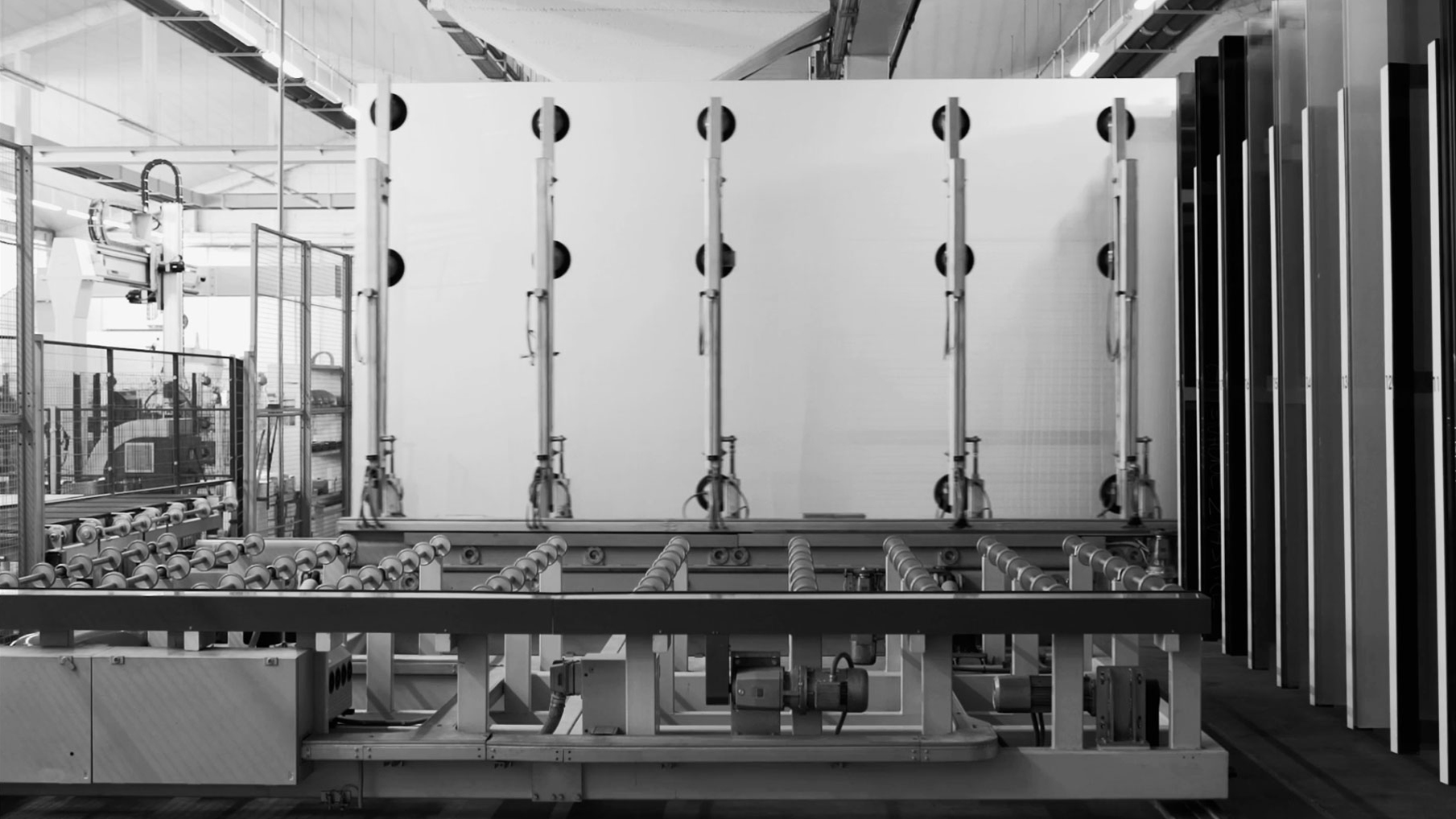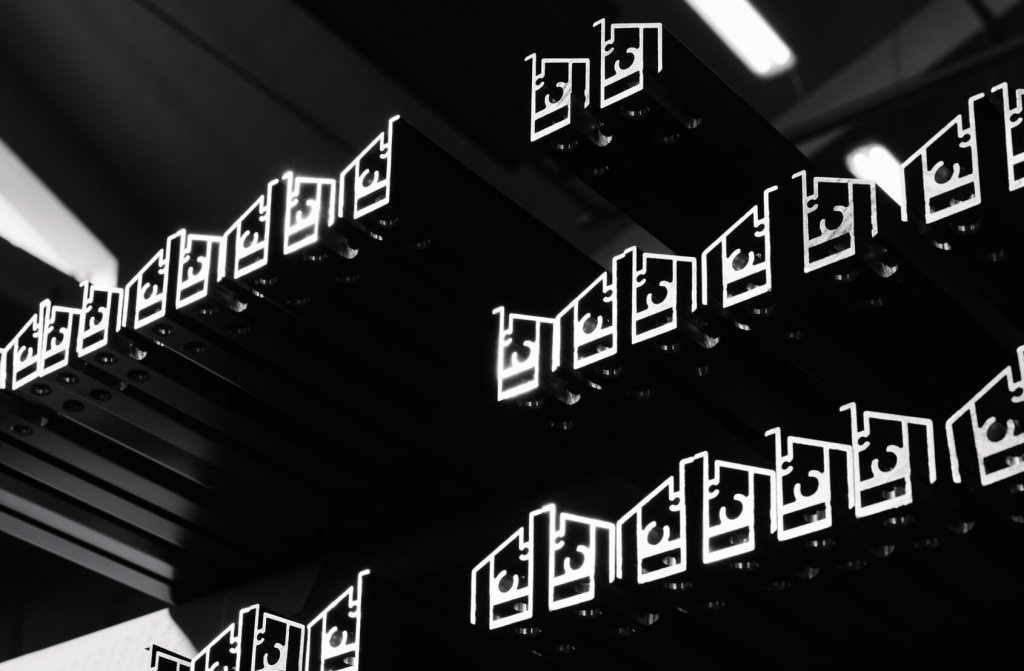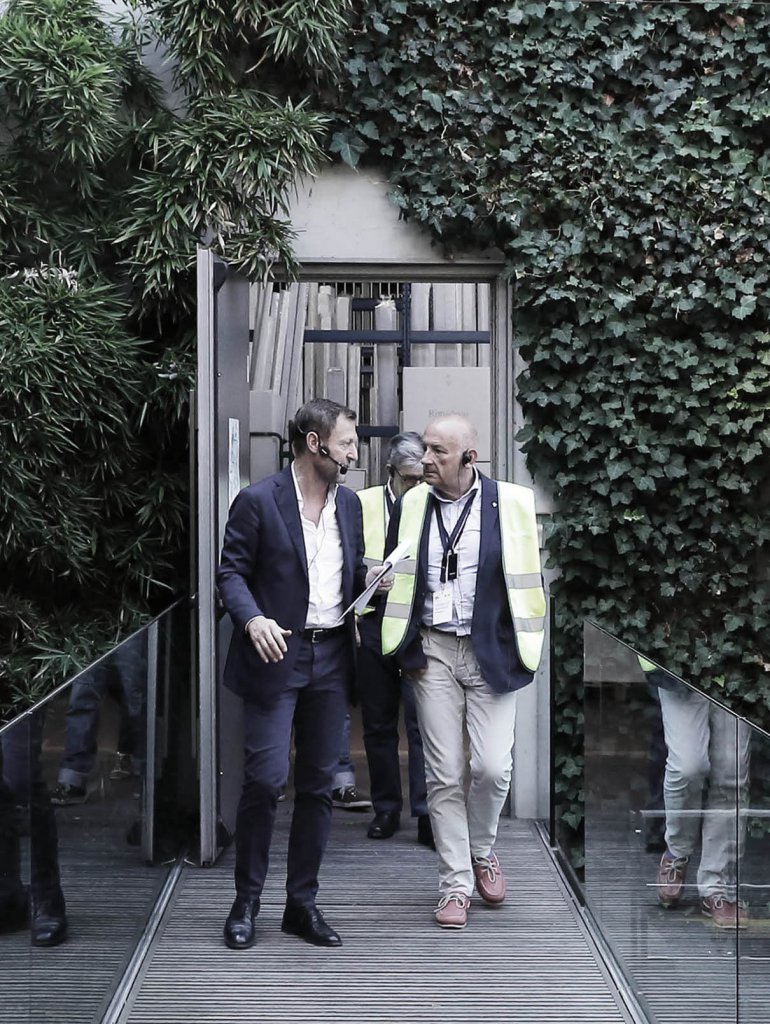Glass: a high-tech material with a 5,000 year history
“We live for the most part in closed rooms. [..] Glass architecture [...] which lets in the light of the sun, the moon and the stars, not merely through a few windows but through every possible wall, which will be made entirely of glass […]. The new environment which we thus create, must bring us a new culture”
This is Paul Scheerbart’s dream in his renowned essay Glasarchitektur which was published in 1914. Glass has always exerted a great appeal in literature and architecture: its unique yet at the same time contradictory characteristics make it almost magical.
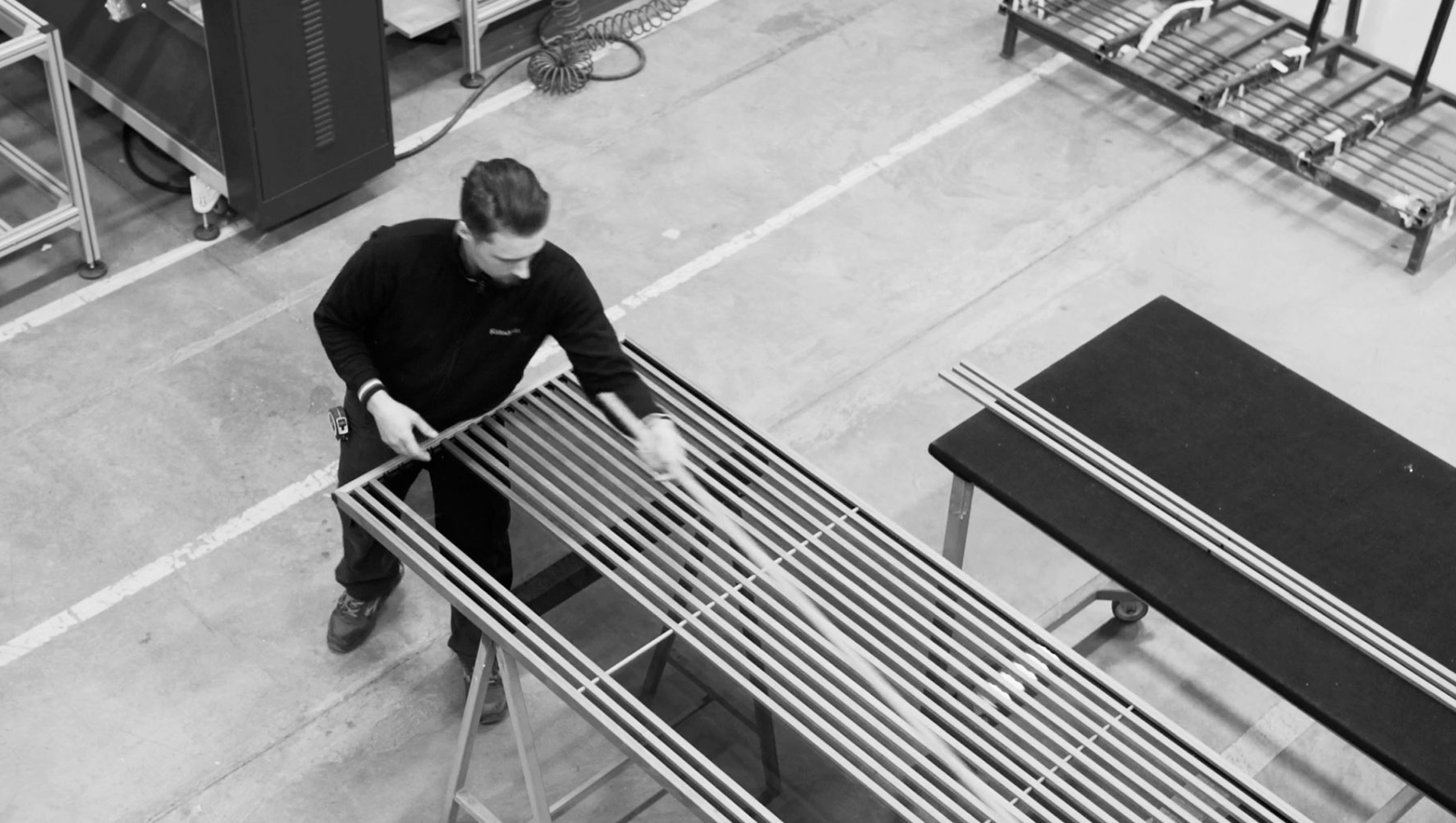
Glass is as clear as water but as hard as stone, light can pass through it but it can reflect images as illusions, it hides and reveals, it connects spaces and at the same time it confines and separates them, allowing us to see through it without being seen.
Glass has a surprising charm about it, it is so pure and simple: it is an amorphous and non-crystalline solid, it is inert as it does not react with the substances it comes into contact with. Silicon oxide or quartz sand (SiO2), sodium carbonate (Na2CO3) and calcium carbonate (CaCO3), are the main compounds of one of the world’s most ancient materials. Indeed how glass came about is steeped in legend: Pliny the Elder, in his book, The Natural History, had to rely on a literary subterfuge to retrace the origins of this material which was commonly-used throughout the territories of the Empire. It is highly likely that its invention can be traced back to a fortuitous event, one which mankind has been able to replicate and preserve. After all, lava that cools quickly can be transformed into glass and the oldest obsidian artefacts date back 30,000 years, in the form of knives and utensils. Today we are surrounded by glass: on the façades of buildings and inside them, as furniture or as ornaments, in the packaging of drinks, medicines and cosmetics, in cars and in airplanes, in the lenses of cameras, in solar panels, in light bulbs, LCD screens and even in those cables carrying our network data.
The history of glass however is not a straightforward one. It fell into decline together with the Roman Empire, and re-emerged only later in the 12th century. The production technique of flat glass that is used today was invented only during the 1950’s, while the technique of blowing, used for hollow glass, dates back 2,000 years. The Phoenician artisans, in Mespotamia, developed the first production technique in 3,000 BC. It was hatched in the ancient art of metallurgy. Silicon, sodium and calcium liquefied in an incandescent mixture and subsequently returned to its solid state in moulds. Small pieces of jewellery such as beads, seals and rings…. some centuries later the Egyptians began using it to make hollow objects, perfume and ointment containers. The Romans were the first to use it to close windows, for protection against external agents and at the same time to illuminate their interiors. The oldest window is a small porthole in the thermae of Pompeii.
Not a straightforward history, and glass had to embrace extrordinary technological and cultural innovations in order to be applied on a large scale.
In the 1950’s Alastair Pilkington and Kenneth Bickerstaff developed a truly revolutionary production technique, called float glass, and over the following decades went on to substitute the sheet production processes of casting, extrusion or rolling. Until that time the surfaces had no parallel sides, a subsequent polishing process was required. The insight was to float the molten glass in a tin bath inside a tunnel furnace.
The tin and the glass do not mix together and the glass paste poured into the tin bath at 1100°C acquires a perfectly flat shape. This innovative method, in addition to reducing production defects and inclusion flaws, led to obtaining a perfectly flat and smooth product without having to resort to expensive operations of mechanical grinding. Pilkington turned glass into a standard product, enhancing its quality, making it available at a lower cost, creating bigger and significantly thinner sheets.
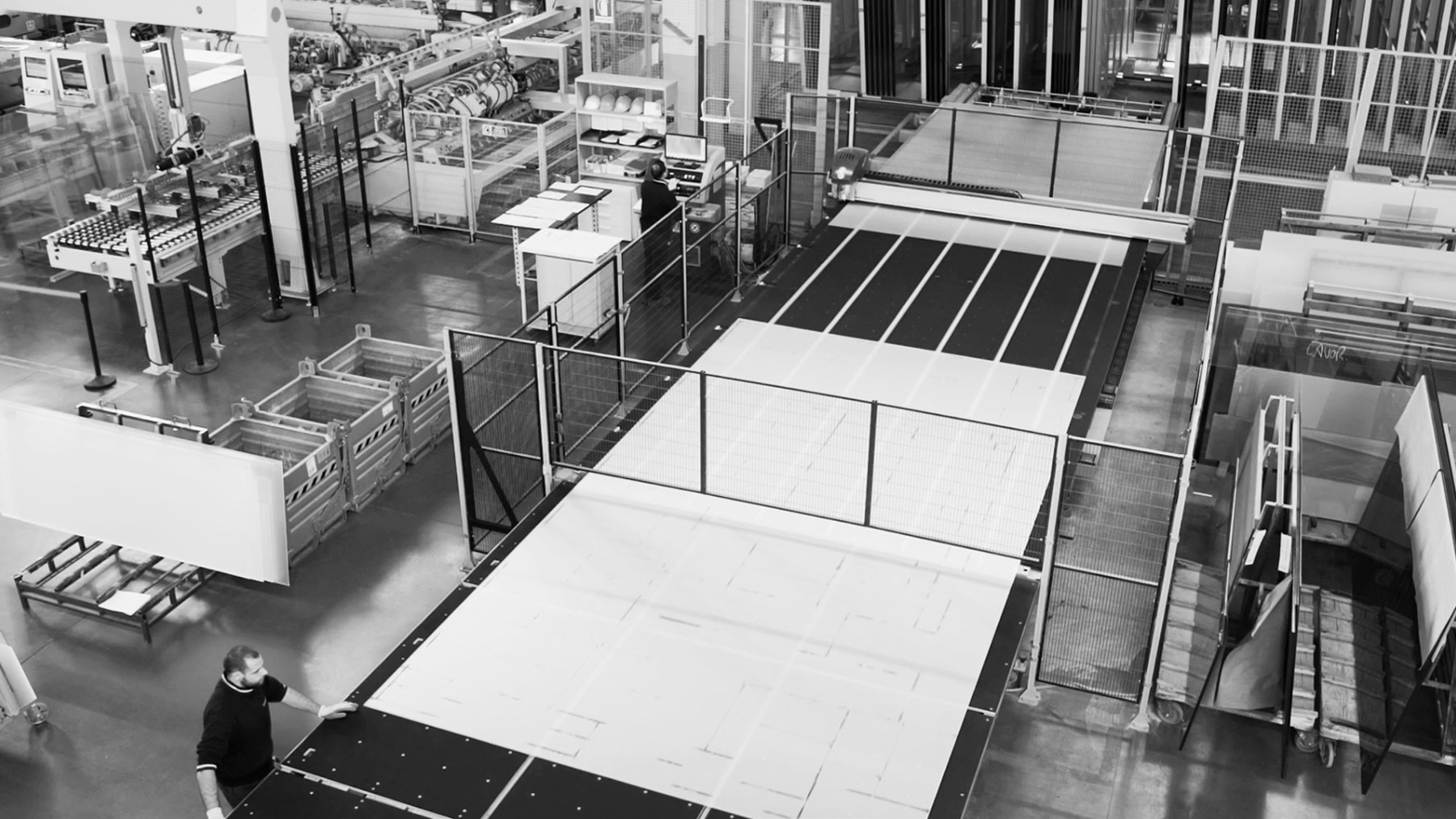
“The new environment of glass will completely transform humanity. And one can only hope that the new civilisation of glass will not run into much opposition”
And there are not only technological limits: glass has always been associated with the idea of fragility and danger. How was it possible to wield the potential magic of glass in building constructions and in interiors if it was considered a danger to physical safety and to the saftety of private spaces? We have witnessed a real cultural and technological turnaround which has led glass to become a multifunctional and reliable material. Today glass is flexible, resistant to compression and flexure, it protects us from the sun’s rays, it is an outstanding heat and acoustic insulator. It is fire resistant and protects us from break-ins. Glass is a long way off from being replaced by the development of materials and by technological innovations, it has itself become a high-tech artifact, perserving its magic as a thousand-year old product, the purity and transparency of a rudimentary object, even though it can be enhanced with an endless number of finishes and processes.
Facades can be adorned by glass windows incorporating intelligent colouring systems, which can be activated by the use of an app or voice commands, able to filter light, ensure privacy and eliminate reflections as well as ensure thermal insulation. And it doesn’t stop there. To date a substitute has yet to be invented and glass is experiencing an overwhelming surge in growth. The value of the flat glass market, estimated at 38,800 million dollars in 2003, increased two-fold to 72 million in 2013 and forecasts estimate a further doubling in growth by 2023 for a value of almost 140,000 million dollars.
